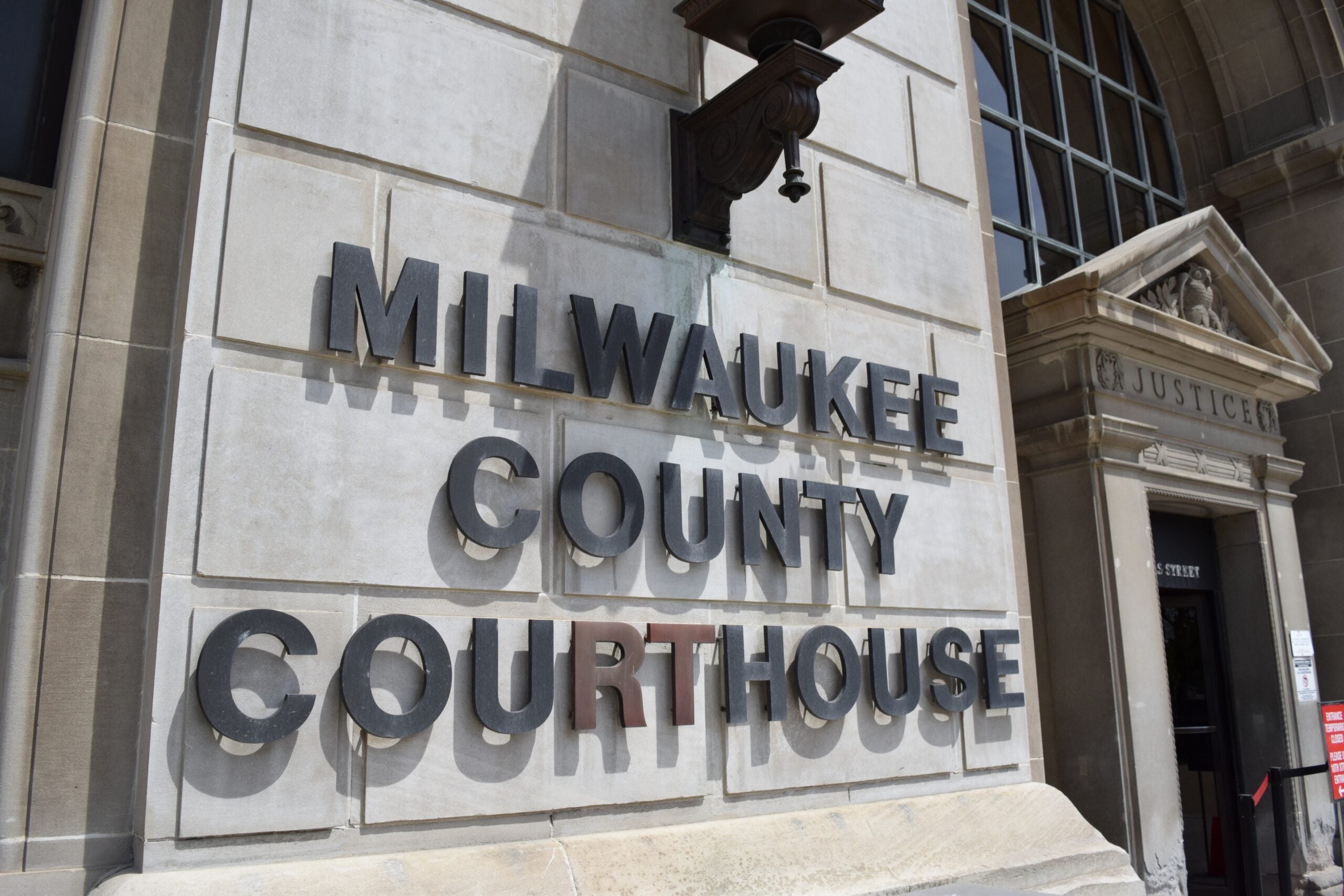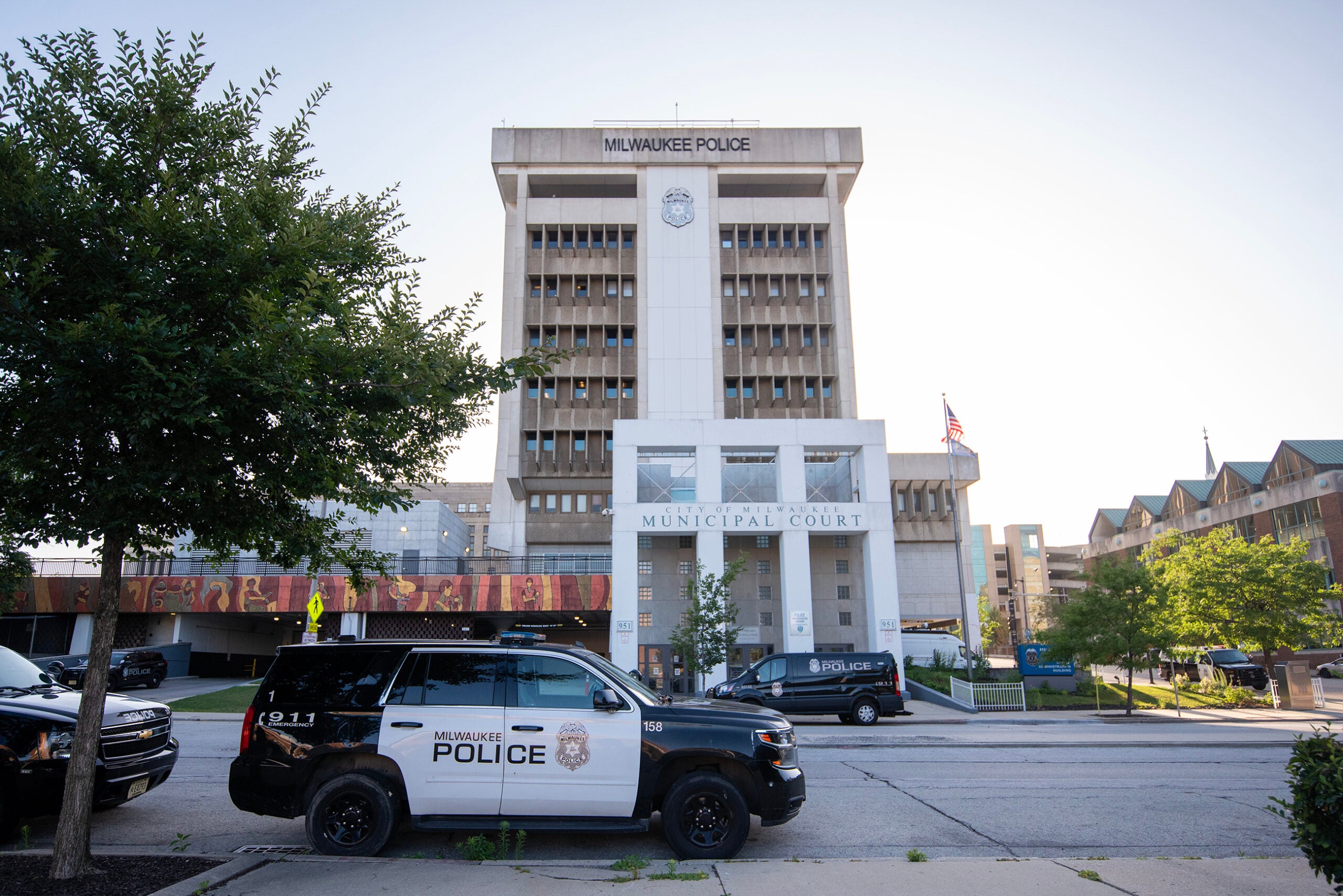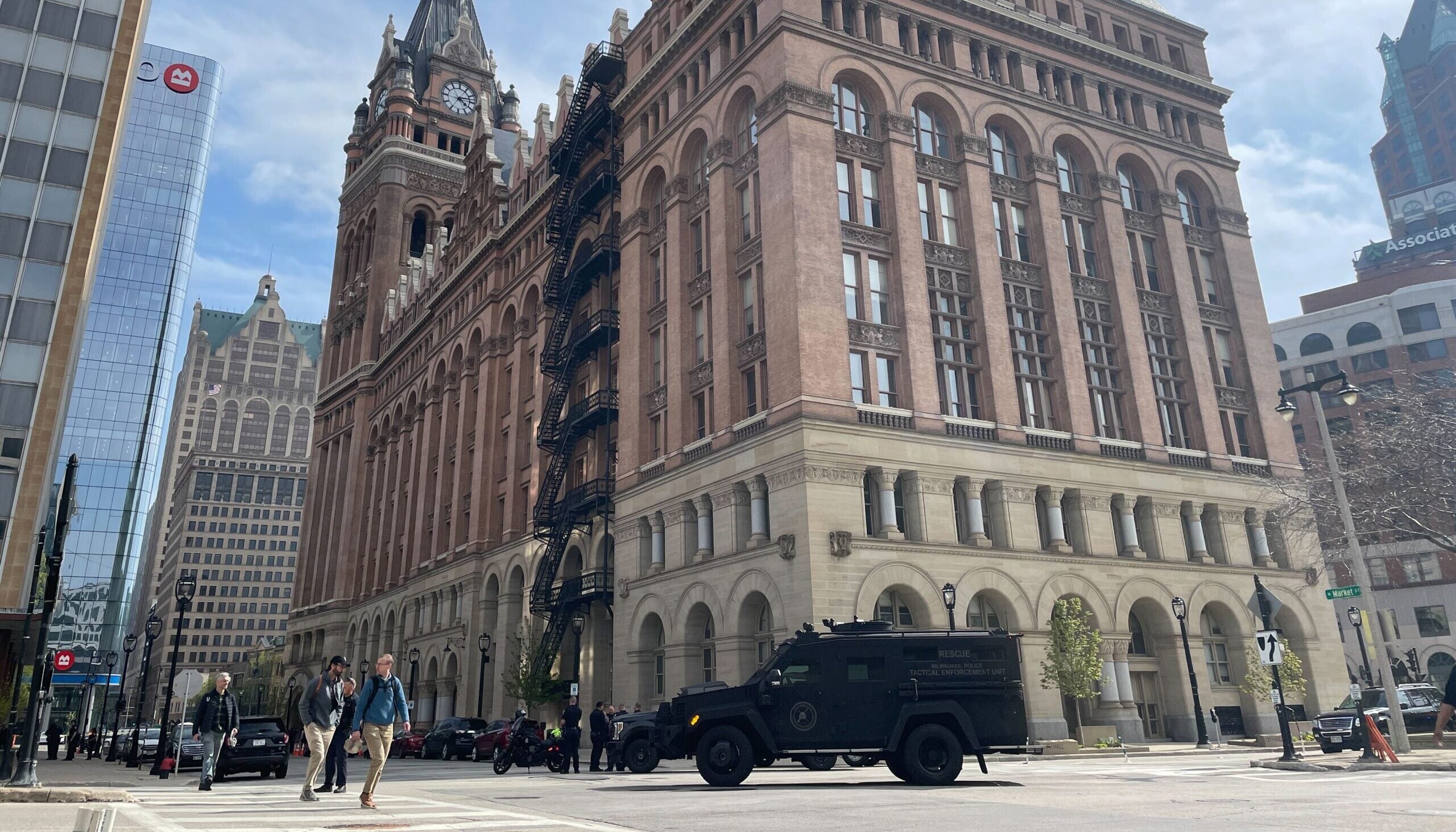Three people were shot and wounded while seven Milwaukee police officers and one firefighter were hurt amid a chaotic scene on Milwaukee’ west side on Tuesday that spawned civil unrest and a house fire.
Police identified the victims as two 14-year-old children and a 24-year-old man, who were shot during the unrest but not by police. The three were being treated for non-life-threatening injuries at a local hospital.
As the unrest escalated, police fired tear gas and rubber bullets into the crowd Tuesday night as tensions rose and rumors spread online.
News with a little more humanity
WPR’s “Wisconsin Today” newsletter keeps you connected to the state you love without feeling overwhelmed. No paywall. No agenda. No corporate filter.
Authorities said the shooting victims were part of a massive crowd gathered at a house which was the scene of an investigation into two missing teenage girls. The girls — a 15-year-old and 13-year-old — were last seen around 5 p.m. on Sunday, June 21, near 21st and Locust Streets, according to Milwaukee police. The 13-year-old girl has since been located.
Police were investigating whether the girls were victims of sex trafficking.
Milwaukee Police Chief Alfonso Morales denounced the unrest as vigilantism and said some people were reacting to information that had not been proven.
Between Monday and Tuesday, police checked a house on the 2100 block of North 40th Street on “multiple occasions” to search for the missing girls, Morales said. He added the girls weren’t found in the home.
The chief declined to give details about the 13-year-old’s whereabouts.
“We have not received the cooperation we would have expected from family,” Morales said.
Around 11 a.m. Tuesday, Morales said a group of people tried to get into the home to search for the girls.
Police responded to a call for shots fired, Morales said.
Those shots were between someone inside the residence where the girls were believed to be and someone trying to gain entry, Morales said.
“As officers were on scene, the crowd began to grow and get unruly,” Morales said. “The crowd threw bricks, set a couch on fire, set a vehicle on fire and ultimately, set the home on fire.”
While the fire department was arriving, Morales said several shots were fired into the crowd.
“Three individuals were shot — none by police,” Morales said.
The chief said the whole chain of events Tuesday could have been avoided.
“An unruly crowd can’t determine what the investigation is,” he said. “This was vigilantism. We need to determine what crimes were committed and when you don’t get cooperation from families, witnesses … Right now, we have no information to provide facts about anything going on in that house.”
Morales said his heart goes out to the people living in the neighborhood.
“There are people who want to live in normalcy,” Morales said. “Some people say property doesn’t matter. But if you allow one house to burn, you allow the entire block to burn.”
State Lawmaker Criticizes Police Response
State Rep. Jonathan Brostoff, D-Milwaukee, was at the scene on Tuesday. Brostoff was contacted by several people because he has been a part of the Black Lives Matter protests since they began. The incident on Tuesday wasn’t part of the Milwaukee protests.
Brostoff said the response from the police wasn’t helpful.
“As far as de-escalating things and calming things down, that is not what happened,” Brostoff said. “They didn’t protect the house from getting burned down. They fired a bunch of tear gas and they fired a bunch of rubber bullets and it just appeared to me, that this is not a good situation all the way around.”
Brostoff said one officer in particular — who had “pure evil” tattooed on his knuckles — continued to escalate the situation by refusing to say “Black Lives Matter.”
“I think it was an example of how once the cops are on scene, it’s reactionary,” Brostoff said. “Today was a very good example of why police should be doing very narrow police work. And instead they are spread in all of these very different directions.”
© Copyright 2026 by The Associated Press. All rights reserved. This material may not be published, broadcast, rewritten or redistributed.





